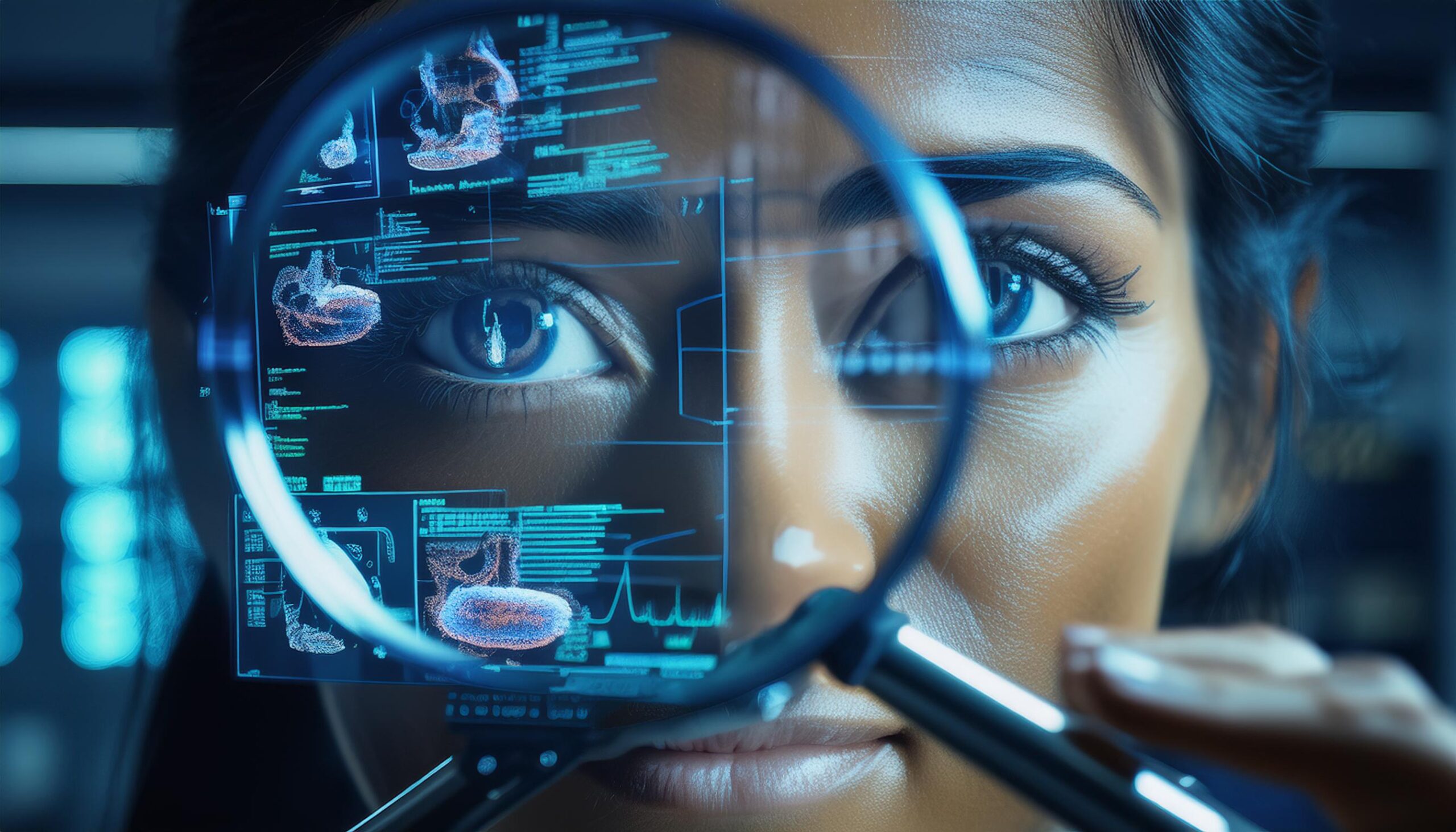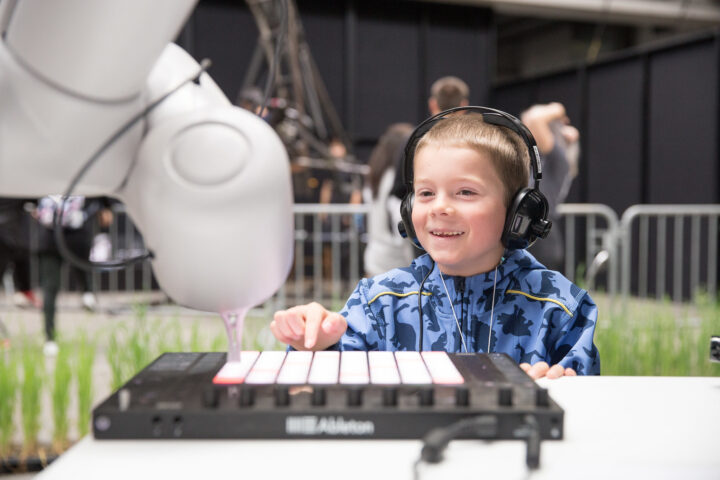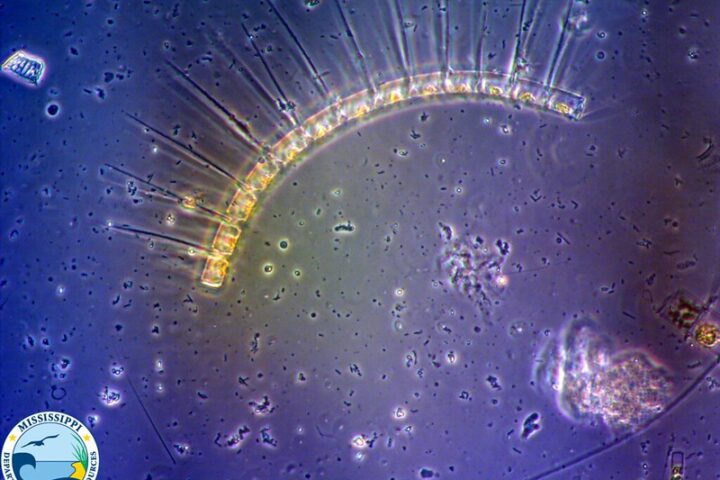Source: Firefly Split image- On one side, a doctor analyzes a mammogram on a computer screen.
In recent news, scientists from MIT’s CSAIL and Jameel Clinic built and used a deep learning system for detecting cancer risks by studying mammograms. For those who don’t know, a mammogram is a breast’s X-ray used for finding any changes in the breast which can pose as risks of cancer. This is one of the most profound uses of Artificial Intelligence till date and is very promising.
As they develop the algorithm they have created, their model becomes better as the day passes. Increase in its accuracy is going to help detect breast cancer much faster than ever before. Such developments are welcomed and people agree that this is the best use of AI today. But people also agree that they have something to worry about at the same time- Deepfake.
What is Deepfake?
The word ‘Deepfake’ is made by combining two different words, each having their own meanings- ‘deep’ comes from the AI deep-learning technology and ‘fake’ is used to address the fake content generated using AI. Together, these form ‘Deepfake’ which refers to the creation of media formats like images, videos, and audio by using AI tech. These are all fake and generated by using human content available for use on the net.
The word started getting used in 2017 and their generation has reached an all-time peak after the COVID pandemic. Deepfakes can be seen everywhere- from a picture of the pope wearing a puffer jacket to a video of the Queen dancing to the latest tunes.
Reactions
The positive side to deepfake technology is that it can be used for legal and official purposes. It has extremely good applications in marketing and advertising but only when the user is legit and well-known.
There are, unfortunately, more harms than benefits of this tech. The use of AI is associated mainly with nefarious motives. Anyone can manipulate and create misinformation which can be spread to create a sense of confusion amongst the audience. People have started becoming more uneasy about posting their information online as this can be used by AI users to create deepfakes- their voices and faces can be replicated to fool other people. Many scams were reported earlier this year where victims complained that they had been scammed into giving money when their closed ones had asked for it on call. The catch here was that there was no closed one on the call! Some scammer had deep faked the voice and fooled them.
Many other cases have been filed by celebrities whose images and videos have been generated without consent. These can be appropriate or clear threats to someone’s privacy and dignity. No one is safe today- not kids, not men, and definitely, not women.
How to spot it?
Many governments have started taking action against such malpractices and introduced bills criminalizing deep fake deception. The use of deepfakes has especially been prohibited if it is to be used in the context of elections. While this goes on, it is our responsibility that we learn how to detect and complain about deepfakes we spot on social media and other platforms.
There are three main tips to follow if you want to learn how to check if something is deepfake or not:
- Pay attention to their face. Do their features look natural? Are their eyebrows in place? Does their skin look natural or is it too wrinkly? Look at the eyes too. Is the person in the video/image blinking naturally? Do their eyes fit their face?
- Does their voice fit their appearance? For example- a person can look very bulky but have a very highly-pitched voice.
- And lastly, check the lighting. Deepfakes can’t replicate the natural physics of lighting. So, if you look properly, you will see that the lighting isn’t normal in fakes.
Look out for these three factors and you will spot a deepfake at first sight!
Resources
- Adee, S. (2020, April 29). What Are Deepfakes and How Are They Created? IEEE Spectrum; IEEE Spectrum. https://spectrum.ieee.org/what-is-deepfake
- Sloan, M. (2020, July 21). Deepfakes, explained | MIT Sloan. MIT Sloan. https://mitsloan.mit.edu/ideas-made-to-matter/deepfakes-explained
- Deepfake | History & Facts | Britannica. (2024). In Encyclopædia Britannica. https://www.britannica.com/technology/deepfake
- Johnson, D., & Johnson, A. (2023, June 15). What are deepfakes? How to spot fake AI audio and video. Business Insider; Insider. https://www.businessinsider.com/guides/tech/what-is-deepfake?IR=T
- Today, I. (2024, July 29). AI successfully diagnoses breast cancer years before it develops. India Today; India Today. https://www.indiatoday.in/health/story/mit-researchers-ai-successfully-diagnoses-breast-cancer-years-before-it-develops-2573302-2024-07-29

















